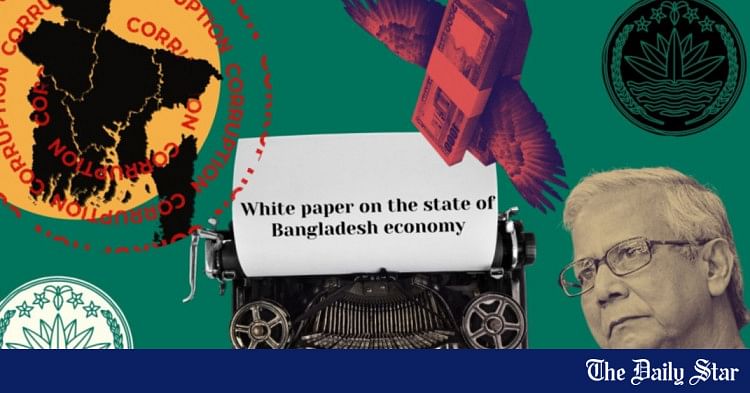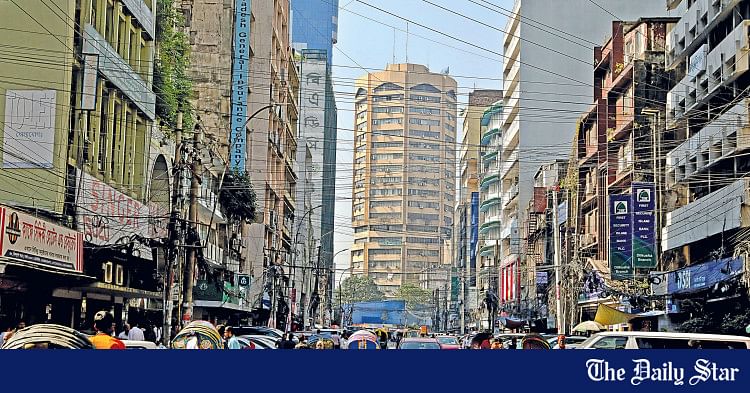Saif
Senior Member
- Jan 24, 2024
- 12,725
- 7,062
- Origin

- Residence

- Axis Group

- Copy to clipboard
- Thread starter
- #97

10 banks are ‘technically bankrupt’: white paper
However, the final draft of the white paper on the state of economy did not disclose the names of the lenders
10 banks are ‘technically bankrupt’: white paper
However, the final draft of the white paper on the state of economy did not disclose the names of the lenders

Ten crisis-hit banks, mostly Shariah-based ones, are "technically bankrupt and illiquid", according to the final draft white paper on the state of economy, which was revealed today.
"We chose 10 distressed banks to dig into their solvency and liquidity. Of the 10 banks, 2 are state-owned banks that were mostly hit by scams in the last decade. The other 8 are extremely weak shariya-based (shariah-based) banks and conventional private commercial banks," the white paper read.
However, the paper did not disclose the names of the banks.
"All the 10 banks are termed 'distressed' by the regulators, media and public."
Combined loans and deposits of these 10 banks constitute 33 percent of the total loans and 32 percent of the total deposit of the banking sector, it said.
The report, however, said most of these banks did not disclose the fair value of their assets in their financial reporting.
"Their combined adjusted value of the assets is 52 percent of the reported value. As a result, net worth is negative. Liquidity measured by the ratio of liquid assets to total tangible assets indicates 8 out of ten are illiquid," it said.
However, the final draft of the white paper on the state of economy did not disclose the names of the lenders
Ten crisis-hit banks, mostly Shariah-based ones, are "technically bankrupt and illiquid", according to the final draft white paper on the state of economy, which was revealed today.
"We chose 10 distressed banks to dig into their solvency and liquidity. Of the 10 banks, 2 are state-owned banks that were mostly hit by scams in the last decade. The other 8 are extremely weak shariya-based (shariah-based) banks and conventional private commercial banks," the white paper read.
However, the paper did not disclose the names of the banks.
"All the 10 banks are termed 'distressed' by the regulators, media and public."
Combined loans and deposits of these 10 banks constitute 33 percent of the total loans and 32 percent of the total deposit of the banking sector, it said.
The report, however, said most of these banks did not disclose the fair value of their assets in their financial reporting.
"Their combined adjusted value of the assets is 52 percent of the reported value. As a result, net worth is negative. Liquidity measured by the ratio of liquid assets to total tangible assets indicates 8 out of ten are illiquid," it said.












